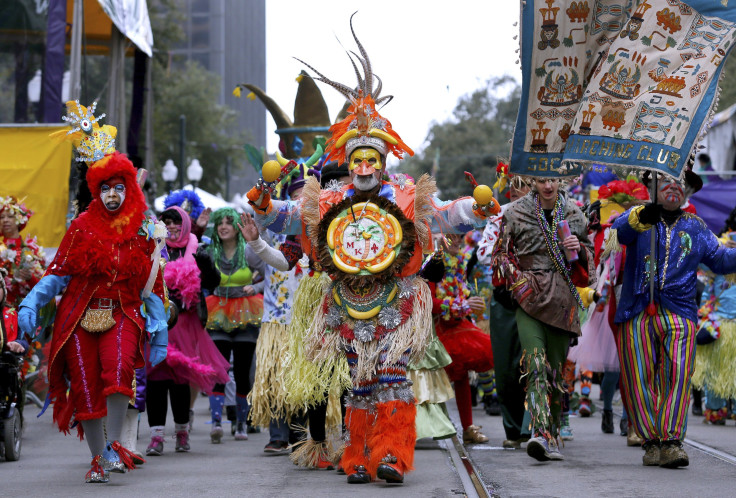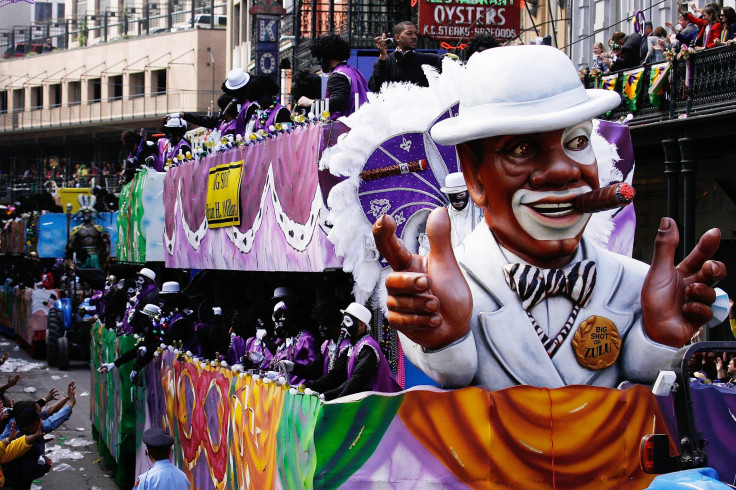Mardi Gras Facts 2018: Traditions, History And How Christians Celebrate Fat Tuesday

Mardi Gras, or "Fat Tuesday," is the last day of the cultural celebration that falls the day before Ash Wednesday, the first day of Lent. Fat Tuesday began as a Catholic tradition of revelry before the austere season of Lent begins. The carnival season begins on the Christian holiday of Epiphany, during which parades take place in Catholic strongholds like Brazil, Venice, Uruguay, Trinidad and Tobago, and New Orleans.
Below are some facts and trivia about Mardi Gras:
1. "Mardi Gras" is French for Fat Tuesday, which is also known as Shrove Tuesday, a term that comes from the word "shrive," meaning "to absolve someone of their sins."
2. In the Middle Ages, Catholics began marking Shrove Tuesday as a time to confess their sins before Lent.
3. While Mardi Gras began as a Catholic holiday, today its mostly celebrated by Christian denominations, including Methodists, Roman Catholics, Presbyterians, Anglicans, Lutherans and Episcopalians.
4. The first Mardi Gras ever took place was in 1703.

5. New Orleans is the most popular place to celebrate it in the United States. Germany, Trinidad and Italy also host big festivals for the holiday.
6. In Pennsylvania Dutch Country, Mardi Gras is known as Fastnacht. The Dutch call it Vastenavond while Denmark and Norway refer to it as Fastelavn.
7. More than 1 million people arrive in New Orleans to celebrate Mardi Gras.
8. The date for Mardi Gras, or Fat Tuesday keeps changing. In 2019, it will be marked on March 5.
9. The official Mardi Gras colors include purple for justice, gold for power, and green for faith.
10. Mardi Gras was officially recognized in the U.S. after Frenchman Nicholas Langlois brought the celebration in 1703 in Mobile, Alabama.
11. Fat Tuesday traditions including burning palm fronds from the previous year’s Palm Sunday to use as ashes on Ash Wednesday.
12. People mark the festivity by drinking, dancing and feasting on fatty foods containing meat, eggs, milk and cheese.
© Copyright IBTimes 2024. All rights reserved.











